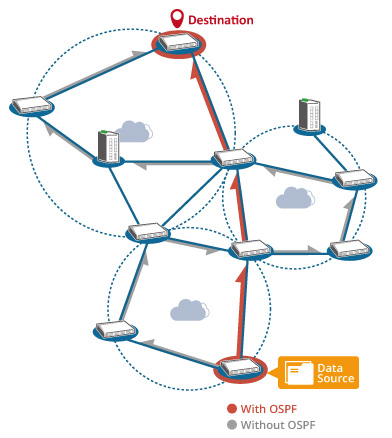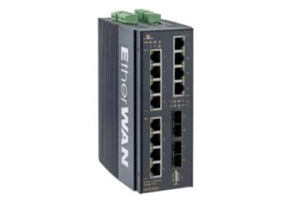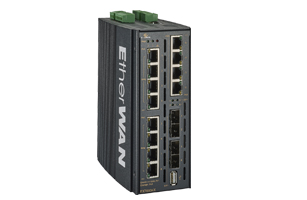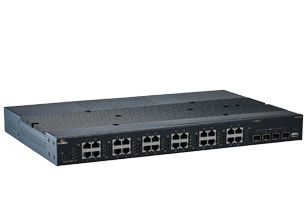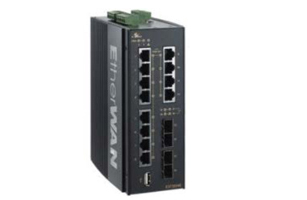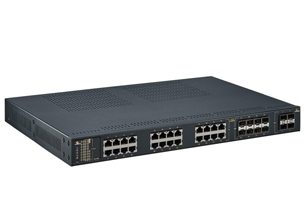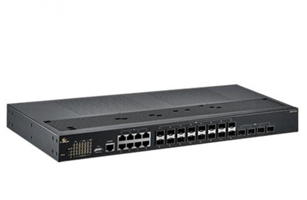When should you use an Industrial Layer 3 switch?
Layer 3 routing protocol is becoming more and more important to industrial network topologies, such as intelligent transportation management and applications related to urban infrastructure. Industrial applications normally work with a variety of industrial devices within an isolated network, with few monitoring interfaces at the field site. However, as connectivity demands continue to grow in the IIoT era, the number of connected edge devices is continuing to grow, resulting in an increased need of network bandwidth and organization. This reveals new network management challenges, and also raises new issues in data security. Traditional Layer 2 logic subnetting faces practical and performance limitations when applied to topologies with a large number of devices. To ensure flexible industrial application planning, Layer 3 devices have been introduced into advanced management, with a host of features that are quickly becoming “must haves”.
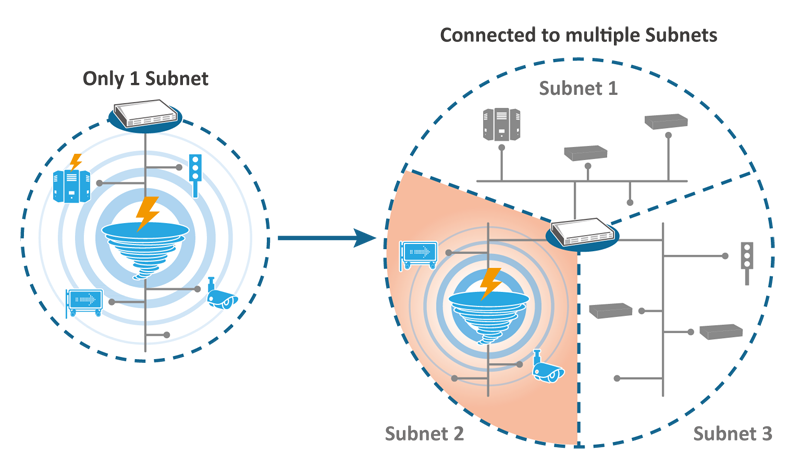
How to choose a Layer 3 switch for your industrial network?
Routing for up to 64 VLANs
| LL3 | |
|---|---|
Max. number of routes | 64 entries |
IPv4 routing | Static route, RIP v2, OSFP v2 |
IPv4 Multicast routing | N/A |
IPv6 routing | N/A |
IPv6 Multicast routing | N/A |
IPv4 Multicast routing | N/A |
Virtual router redundancy | VRRP |
Routing for more than 65 VLANs
| L3 | |
|---|---|
Max. number of routes | L3 unicast (IPv4): 8192 (8K) |
IPv4 routing | Static route, RIP v2, OSPF v2 |
IPv4 Multicast routing | PIM-DM / PIM-SM |
IPv6 routing | RIPng, OSPF v3 |
IPv6 Multicast routing | PIM-DM v6 / PIM-SM v6 |
IPv4 Multicast routing | PIM-DM / PIM-SM |
Virtual router redundancy | VRRP |
How Industrial Layer 3 switches can benefit your network:
Robust and Secure Design for a Wide Range of Conditions
- EtherWAN’s Industrial switches are built to withstand extreme temperatures ranging from -40 to 75°C (-40 to 167°F)
- Dual power, redundant firmware, and redundancy protocols allow for uninterrupted data transferBetter Network Performance with Fiber Scalability
- Hardware routing for greater network performance
- Multiple dual-rate SFP and SFP+ uplink ports to support a variety of fiber interconnections and network topology flexibility
Layer 3 switches are most commonly used to support routing between VLANs, because different areas, intersections or types of data (video, image, and signals) need to be partitioned. With more IP cameras being installed at intersections, the purpose for the traffic management may differ, for example, identifying vehicle license plate or speed. This means that switch management must be simple, secure, provided high performance, and that network faults can be isolated quickly.Rich Layer 3 Routing Protocol
- OSPF and RIP routing protocol support for optimal network routing
- Support for L3 IPv4/IPv6 unicasting or multicasting (PIM-SM/DM) routing to gain better networks latency
- VRRP prevents your system from failing by dynamically backing up multiple L3 switches for routing
The Advantages of Layer 3 Routing protocol:
- Eliminates the need for implementing STP on the distribution system.
- Shrinks the Layer 2 fault domain, thus minimizing the number of denial-of-service (DoS)/distributed denial-of-service (DDoS) attacks.
- Bandwidth efficiency-improves Layer 3 uplink bandwidth by suppressing Layer 2 broadcasts at the edge port.
- Improves overall collapsed core and distribution resource utilization.
